Get PeakVisor App
Sign In
Search by GPS coordinates
- Latitude
- ° ' ''
- Longitude
- ° ' ''
- Units of Length

Yes
Cancel
Share ×

Scan the QR code and open PeakVisor on your phone
❤ Wishlist ×
Choose
Delete
Located in southwestern Europe, Spain is a vibrant country full of diverse landscapes and cultures. Spain contains 83377 named mountains, the highest and most prominent peak on the mainland is Pico de Mulhacen (3,427 m/ 11,424 ft). The tallest peak on the Canary Islands, which are part of Spain, is Pico del Teide (3,718m/12,198ft).
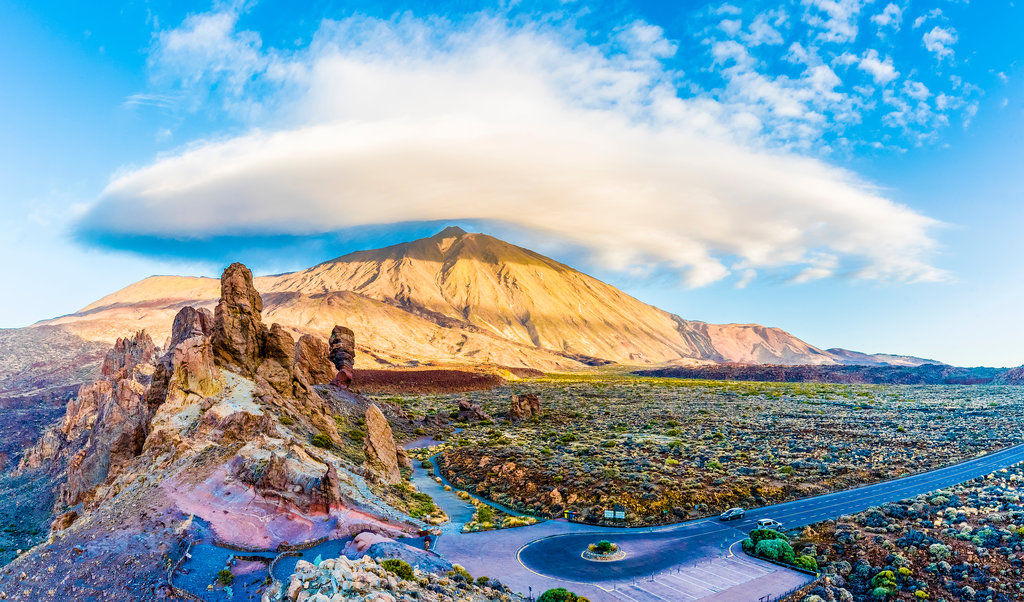
Spain (formally known as the Kingdom of Spain/Reino de España) is the largest country in southern Europe. With a total area of 505,990 square kilometers (195,260 square miles), Spain is the second largest country in western Europe, and the fourth largest on the European continent.
The country of Spain shares its borders with a number of other nations, including Portugal to the west, France to the north, and Andorra to the northeast. It also shares a border with Morocco, thanks to its North African exclaves of Melilla, Cueta, and Peñón de Vélez de la Gomera.
Spain is officially divided up into fifteen autonomous communities (comunidad autónoma) as well as two autonomous cities (Melilla and Ceuta). Each of these communities has its own culture and is governed by its own constitution known as the Statutes of Autonomy.
Since there are so many autonomous communities throughout the country, Spain can be broken down into five major regions; water boundaries, inner plateau, eastern mountains, lowlands and the island communities.
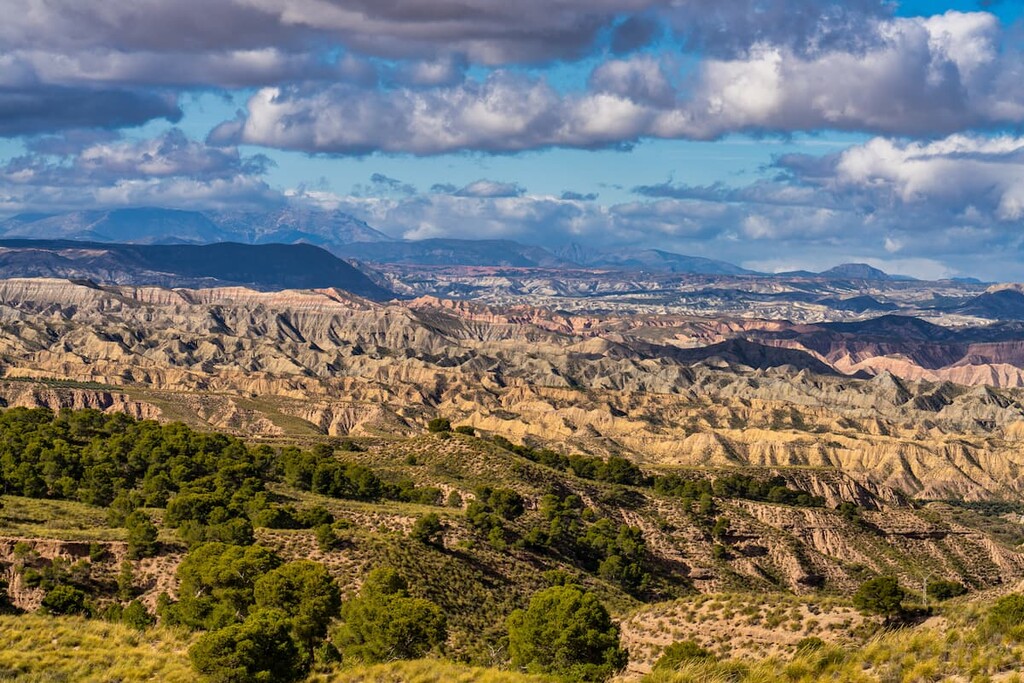
The water boundaries of Spain, as the name suggests, are located in the northern and southern sections of the country near the water. This Bay of Biscay marks the northern coast of the country while the Mediterranean Sea and Alboran Sea mark the southeastern coast of the country.
In the north, the water boundary includes the autonomous communities of Galicia, Asturias, Cantabria, and the Basque Country. This region of Spain is known for its lush rolling hills and forests due to the high amount of rainfall it receives each year.
The Cantabrian Mountains (Cordillera Cantábrica) separate this northern region from the dry central plateau of the country. These communities together are known as Green Spain, with moderate seasons compared to other regions of Spain.
The southern water boundary consists of the autonomous communities of Andalusia, Murcia, Valencia, and Catalonia. Much of this southern region, especially the community of Andalusia, is known for its hot and dry summers. While the coastal regions are known for being hot and dry, southern Spain is also home to the tallest peaks in the Iberian peninsula, located within the Sierra Nevada.
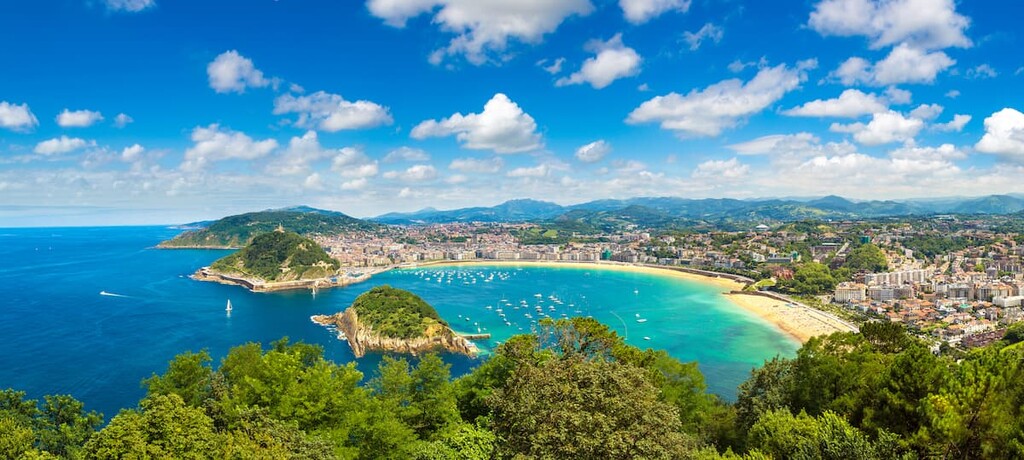
Both the northern coastline and the southern coastline of Spain are popular tourist destinations thanks to their many parks and rich cultural heritage. Some of the most popular parks in the northern region include:
Parks near the southern water boundary include:
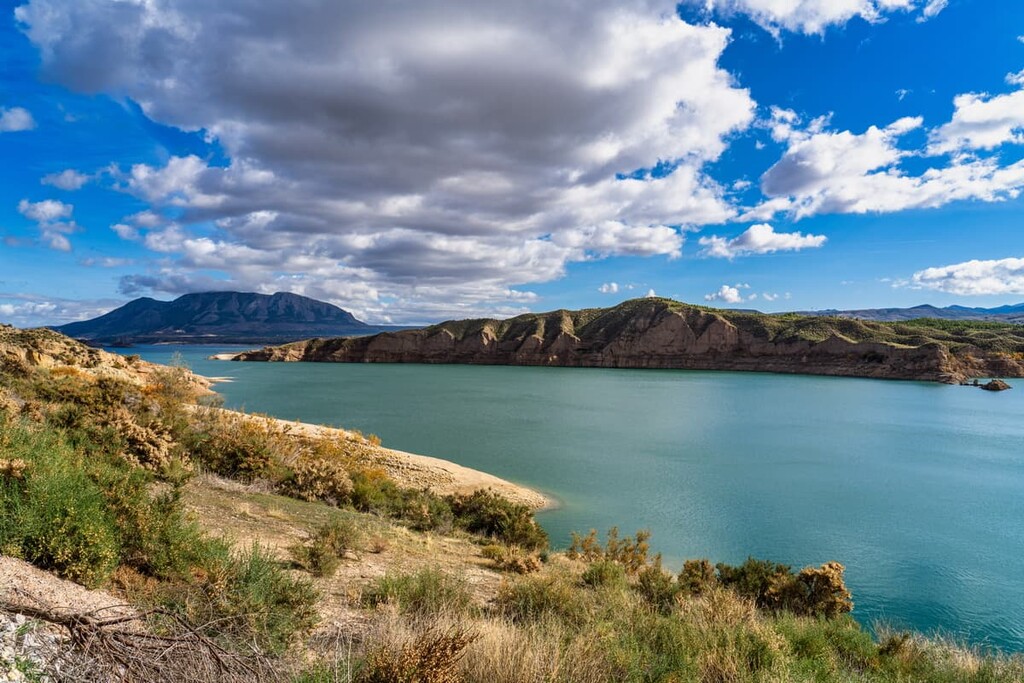
The Meseta Central of Spain is a vast inner plateau, comprising much of central Spain. Elevations range from 610–760 m (2,000–2,500 ft), and the plateau is surrounded by numerous mountain ranges.
The Sistema Central mountain range divides the plateaus into distinct northern and southern regions. Just north of the plateau lies the Cantabrian Mountains, while to the east lie various smaller ranges. The southern stretches of the plateau are met the Sistema Iberico peaks.
The region contains a large number of parks and protected areas, such as:
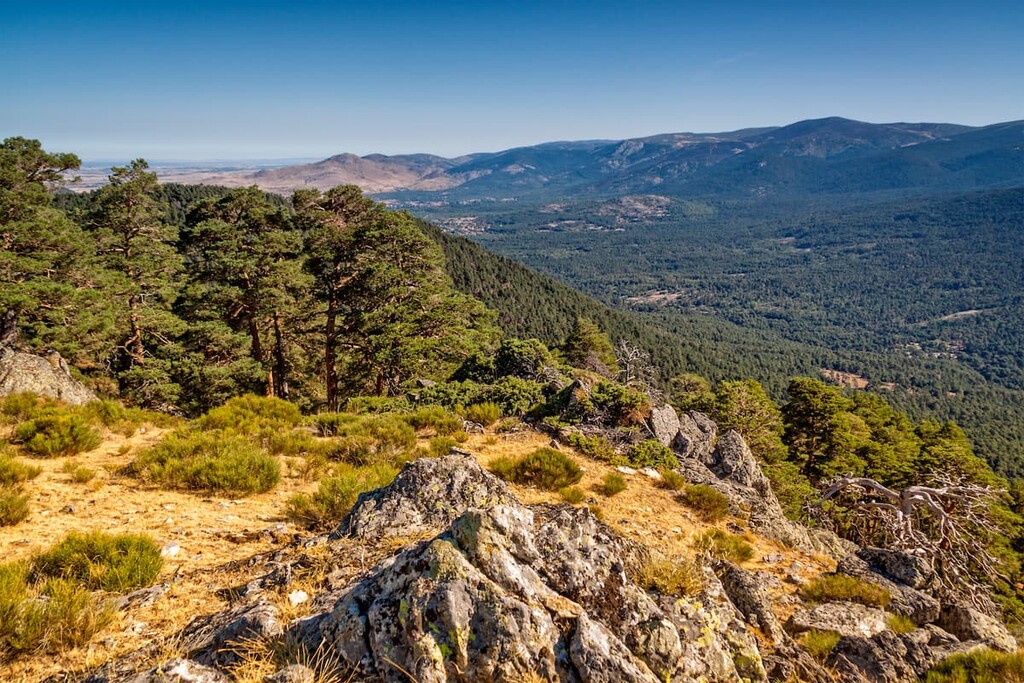
The northeastern region of Spain is dominated by the Pyrenees and its subranges. The rugged ranges straddle the border between Spain and France. In total the range extends 500 km (310 miles) before joining with the Cantabrian Mountains in the north.
Furthermore, the Pyrenees can be divided into three smaller sections; western, central, and eastern peaks. The Spanish side of the Pyrenees is met by a complex network of foothills that extend up to the Basque country and south to the Mediterranean coast.
The region contains a large number of parks and protected areas, such as:
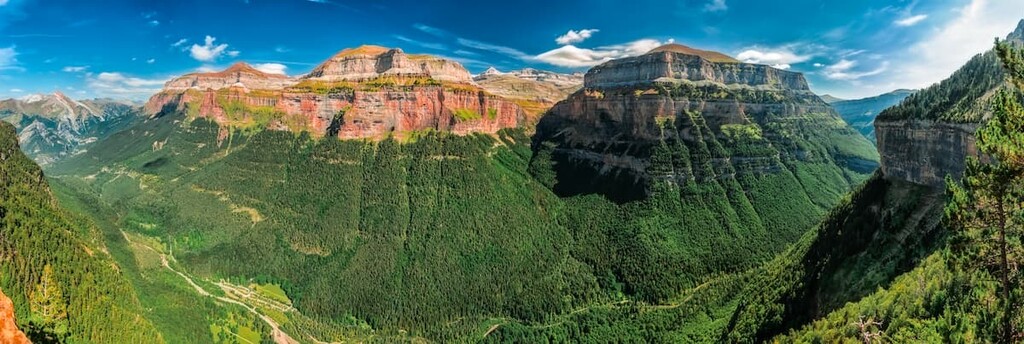
The most prominent lowland region in Spain is the Andalusian Plain that lies in the southwest of the country. However, the Lowland Regions of Spain can also include the separate Ebro Basin in the northeast of the country. Though these basins form distinct landscapes, there are a sub-region of the larger regions listed above.
The Andalusian Plain is a wide river basin that the Rio Guadalquivir flows through. The basin narrows where the Sierra Morena and Sistema Penibetico meet. The Ebro basin lies within the Rio Ebro valley. The valley is surrounded by the Sistema Ibérico and the Pyrenees.
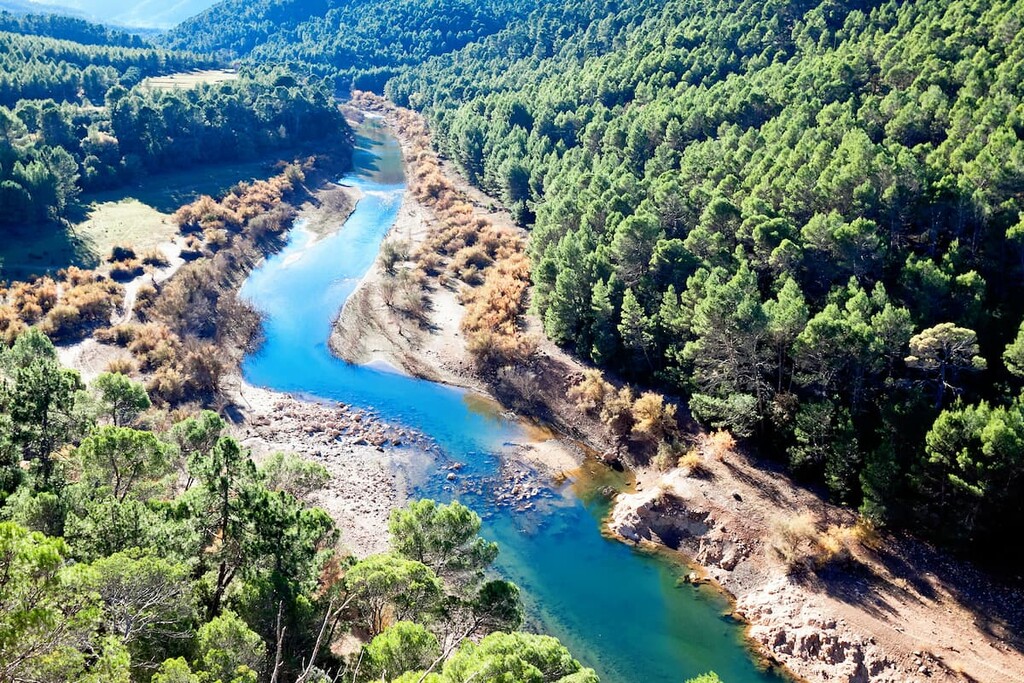
The final region of Spain consists of the Balearic Islands (Islas Baleares/Illes Balears) and the Canary Islands (Islas Canarias).
The Balearic Islands lie just 80 km (50 miles) off the coast of eastern Spain and cover 5,000 square kilometers (1,930 square miles) of land. The mountains on these islands are an extension of the Sistema Penibetico. The tallest peak on the Balearic Islands is Puig Major (1,436 m/ 4,711 ft).
Meanwhile, the Canary Islands are located 90 km (56 miles) off the west coast of Morocco in Africa. The dormant volcano of Teide lies on the islands and is considered the highest peak in non-mainland Spain.
Protected parks on these islands include:
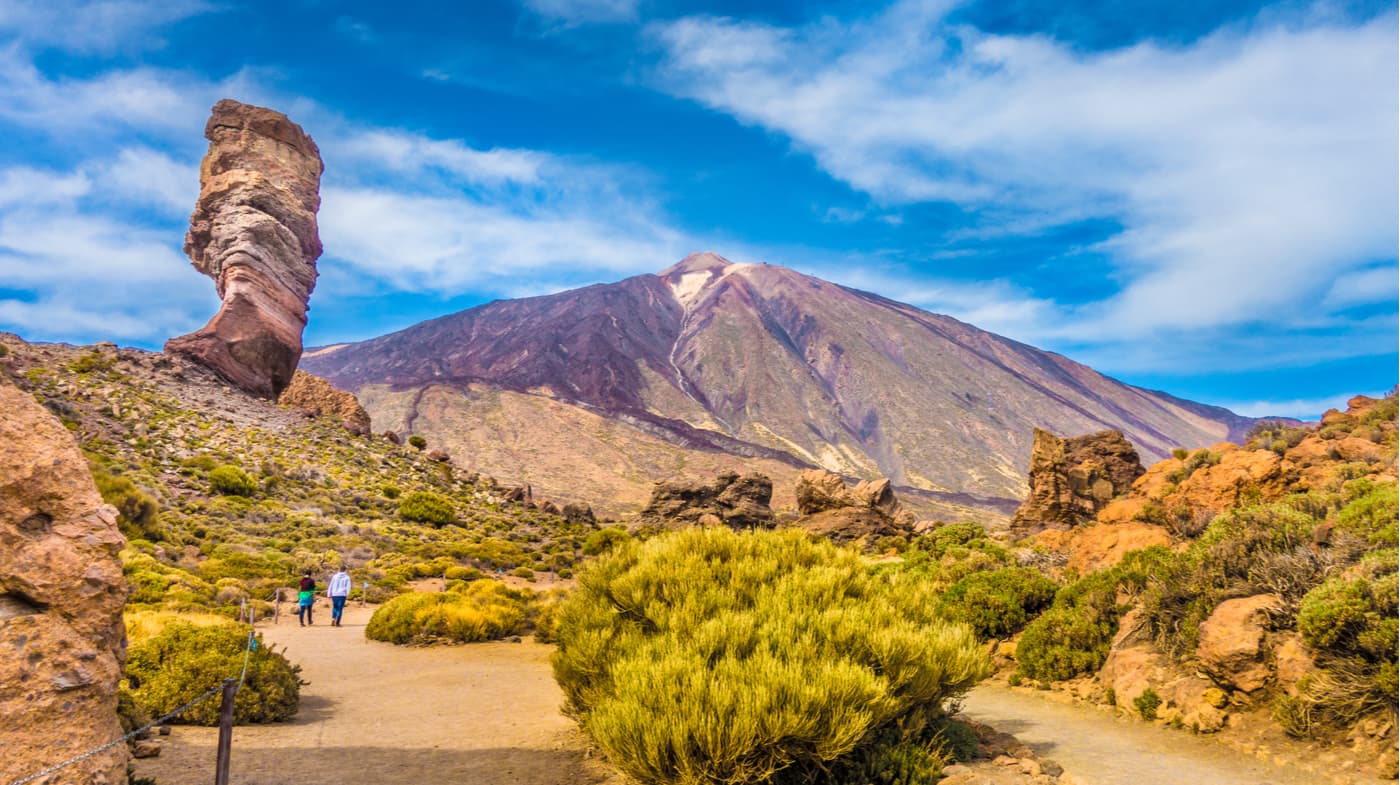
Within Spain, there are several major mountain ranges. The Sierra Nevada range (not to be confused with the Sierra Nevada of California in the US) is home to the tallest peak in the Iberian Peninsula, Pico de Mulhacen (3,427 m/ 11,424 ft), and is located in the southern region of the country.
The Pyrenees Mountains form what is known as a natural border between Spain and France. This range spans 430 km (267 miles) from the Basque Country down to Catalonia. In the northern region of the country lie the Cantabrian Mountains.
Together these ranges, and various others in Spain, are part of the larger Alpide belt. Also known as the Alpine-Himalayan orogenic belt, this range extends 15,000 kilometers (9,300 miles) across the southern region of Eurasia, including ranges such as the Alps and the Himalaya.
The various peaks and ranges were formed by the collision of the African, Arabian, and Indian Plates with the Eurasian Plate. The peaks in Spain were formed around 350 million years ago.
Ranges throughout Spain showcase characteristics of Paleozoic folds, while the eastern peaks are more likely to showcase Mesozoic folds.
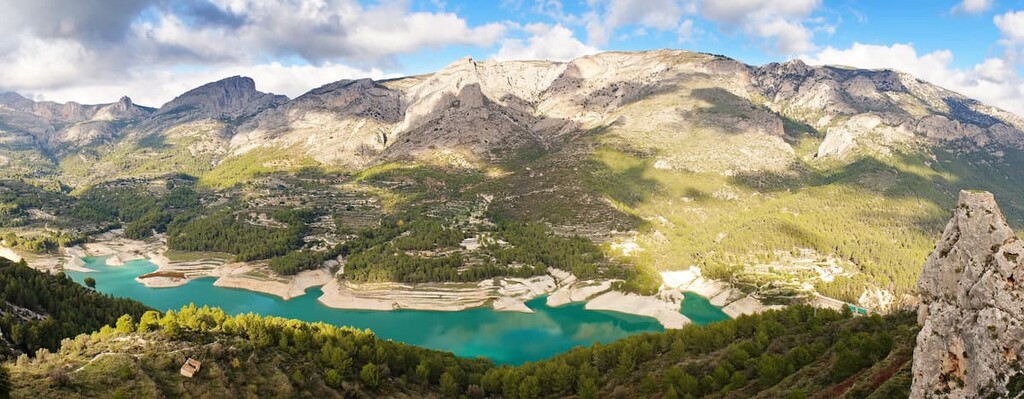
The ranges throughout Spain are primarily of limestone, granite, gneiss, and marl. Many of the range’s limestone composition has left behind rugged peaks and karst formations.
Spain is a very mineral and resource-rich country with large deposits of lead, mercury, uranium, tungsten, magnesite, gypsum, iron, nickel, crude oil, and natural gas. It also has some steel, coal, cold, and copper deposits. The country is also the fifth largest producer of both gypsum and fluorite.
Major peaks in Spain include Pico del Teide, Pico de Mulhacén, Pico de Aneto, Pico del Veleta, Torre Cerredo, Pico de Posets, and Torrecilla.
As one of the most biodiverse countries in Europe, Spain is abundant with various species of flora and fauna. The country’s numerous climatic regions allow for a broad range of biodiversity to thrive.
A large majority of Spain is classified as a continental mediterranean climate. Meanwhile, a mountain climate covers the main regions of the country. The northern coast is home to both coastal oceanic climate and continental oceanic climate while the southern coast is home to both coastal mediterranean climate and semiarid steppe climate.
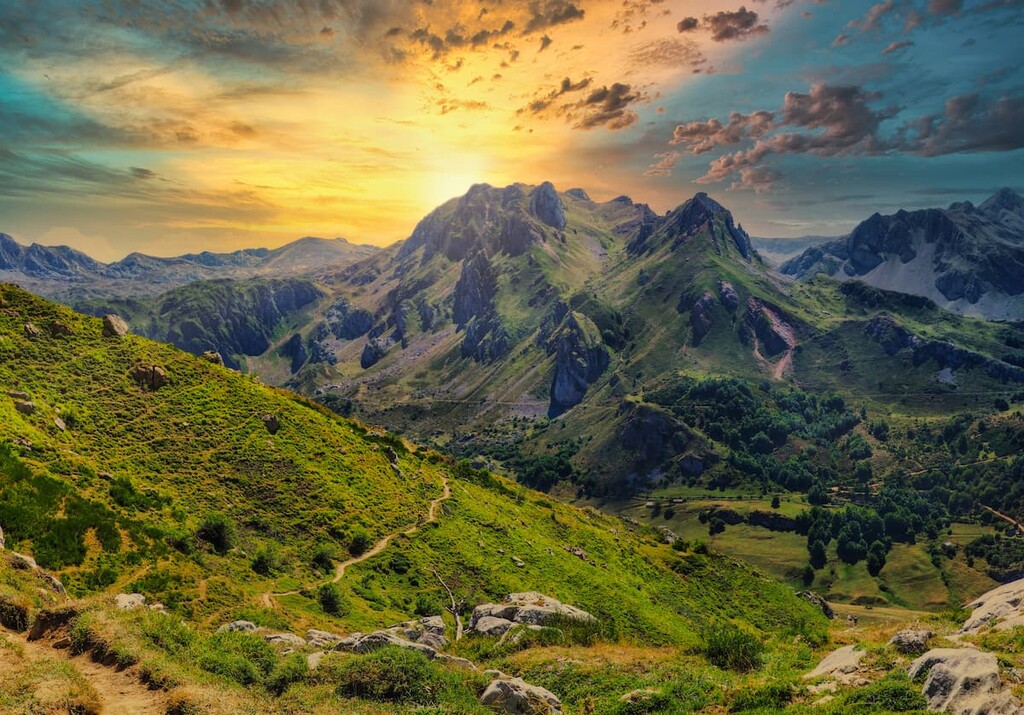
The forests throughout Spain are primarily home to cork oak, holm oak, wild olive and carob trees. Sandy soils, often along the coastlines allow for stone pine, Aleppo pine, Kermes oak, and juniper trees to thrive. Chestnut, lime, maple, and elm trees can also be found along the coastlines.
Including both the islands and the mainland, Spain is thought to be home to over sixty thousand different species of animals. Common terrestrial mammals found in Spain include hedgehogs, moles, European rabbit, marmot, wild boar, roe deer, Iberian ibex, and the Pyrenean chamois.
Spain is also home to a wide range of terrestrial carnivores. Often found in the many rugged mountain ranges of the country, these mammals include the brown bear, red fox, Italian wolf, Iberian wolf, European badger, Iberian lynx and the European pine marten, amongst others.
The skies of Spain are home to over 640 species of bird, including seven endemic species which reside on the offshore islands. On the mainland, griffon vultures, black and white storks, and short-toed snake eagles can be found primarily in the upload plateaus.
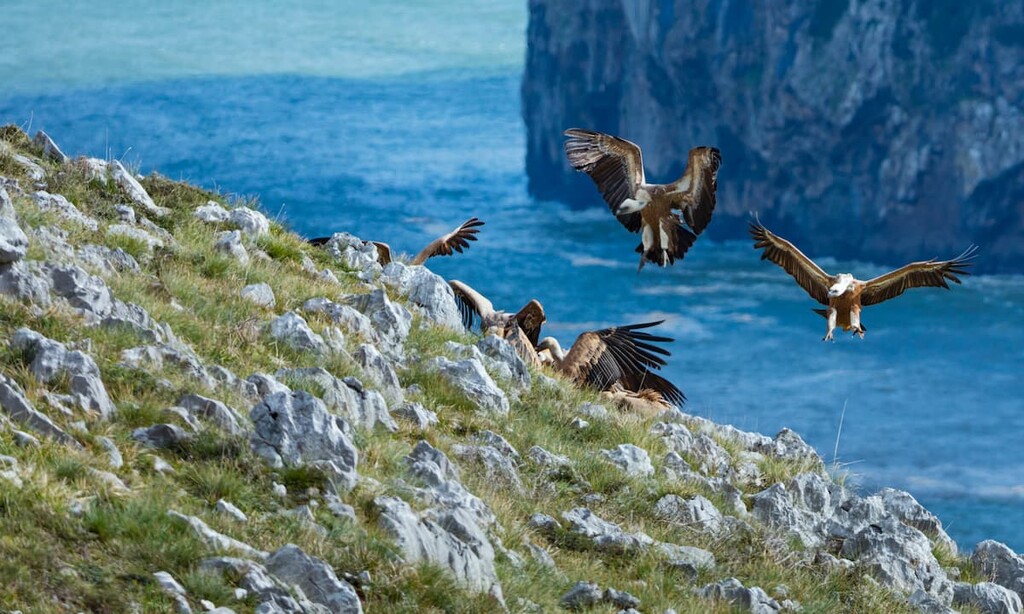
Waterways and wetlands in Spain are also home to a variety of freshwater fish. They are also home to the European pond turtle and the Caspian turtle, among other reptiles.
The area that is now the country of Spain has been home to humans for tens of thousands of years. Cro-Magnon populations are known to have lived in the region around 35,000 years ago. One of the most iconic signs of prehistoric human settlement in what is now Spain are the paintings in the Altamira cave, which date back to 15,000 BCE.
Nomadic shepherds, known as the Yamna people, are thought to have lived in the region around 2500 BCE. Prior to the Roman conquest, around 200 BCE, the land that is now Spain was inhabited by a number of peoples, including the Iberians, Celts, Lusitanians, and the Tartessians.
After the fall of the Roman empire in the fifth century CE, the region of Spain was ruled by the Visigoths. However in 711, Muslims from northern Africa invaded the Iberian Peninsula and their presence lasted for over seven more centuries. Christian kingdoms then began to conquer the land, pushing the Moors further south.
The fifteenth and sixteenth centuries are known as the Golden Age in Spain. This time period was full of Columbus’s voyages to the Americas while arts and literature flourished back home. During this time period, Spain was also an active player in the Trans-Atlantic slave trade due to the country’s large presence in North and South America.
The first Republic of Spain was founded in 1873, but political upheaval resulted in the formation of the Second Republic in 1931. Just five years later, the Spanish Civil War began, culminating in 1939 with Francisco Franco ascension as the dictator of Spain.
After Franco’s death in 1975, Spain transitioned into a democracy. Spain’s current constitution marks it as a constitutional monarchy, home to 17 autonomous communities, including two autonomous cities.
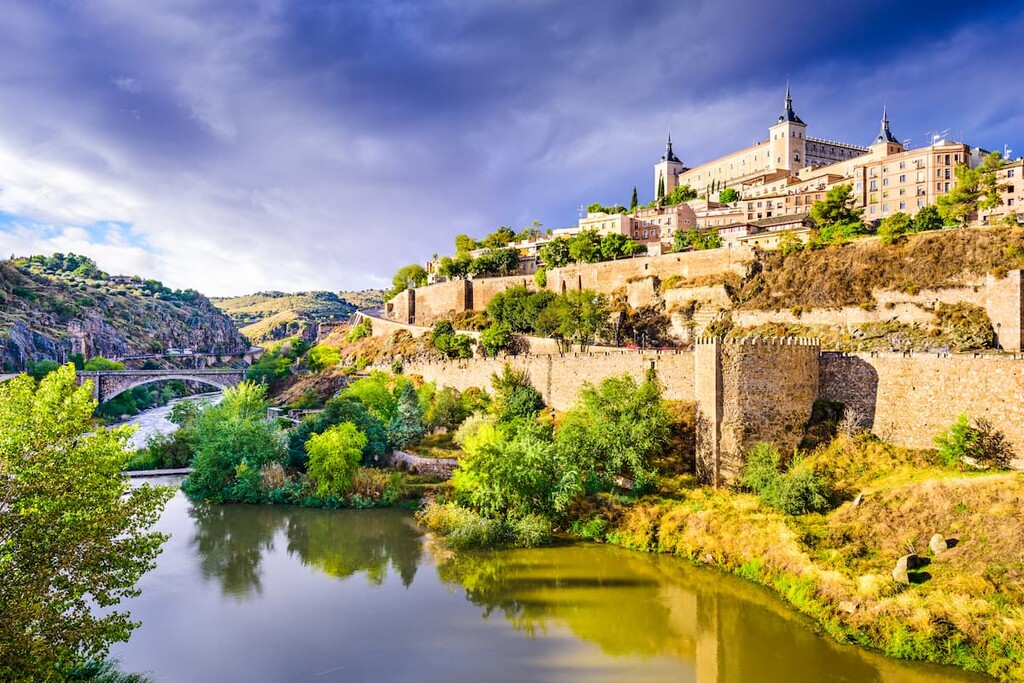
These days, Spain remains a highly popular tourist destination, often ranking as the second most visited country by international tourists. The country’s rich heritage and culture, along with its various mountain landscapes and beaches, make it the ideal stop for tourists from around the world.
Spain is home to a wide variety of parks ideal for outdoor recreation. Here are some of the most popular places to check out in the country:
One of the most visited parks in Spain is Ordesa y Monte Perdido National Park (Parque Nacional de Ordesa y Monte Perdido). This national park is located in northeastern Spain along the Pyrenees mountain range. The park contains 84 namd mountains, the highest and most prominent of which is Monte Perdido.
The park is known for showcasing some of the best views of the Pyrenees mountains and the Ordesa valley. Gorgeous waterfalls can be found throughout the park, including El Cotaruelo.
Four major valleys make up the landscape of the park with Monte Perdido towering above each of them. These major valleys include the Ordesa, Anisclok Escueta,and Picuain valleys. Atop the tallest peak in the park lies the Monte Perdido Glacier. Not only is this glacier the largest within the park, but also within all of the Pyrenees.
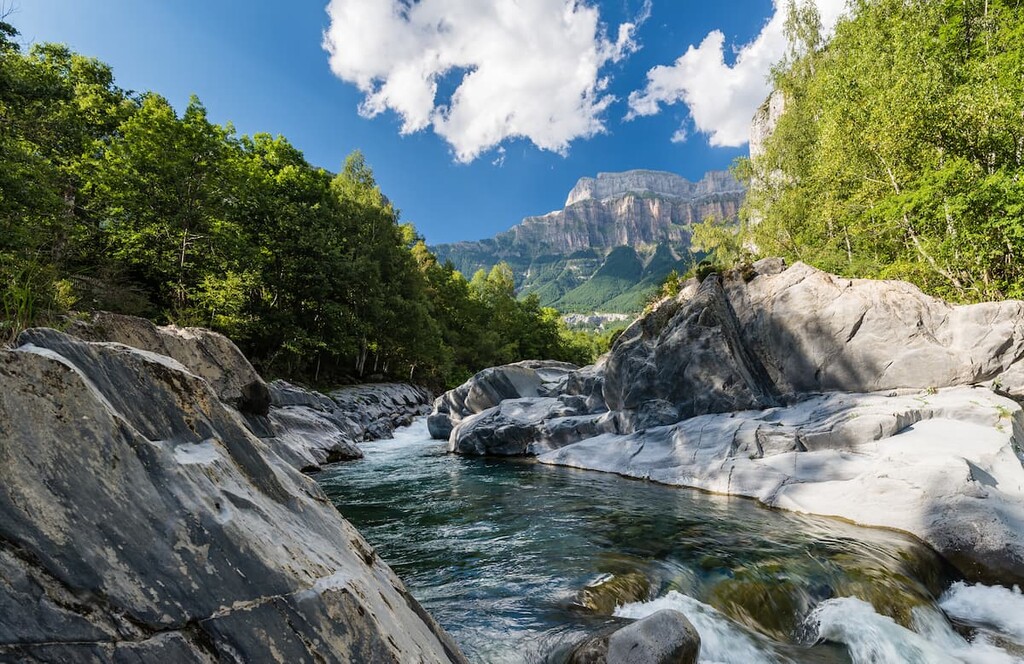
Another popular park is Spain is Sierra Nevada National Park (Parque Nacional de Sierra Nevada) This national park is located in the southern region of the country and is abundant with rugged mountain peaks.
The park contains 75 named mountains, the highest and most prominent of which is Pico de Mulhacén standing at 3,478 m (11,413 ft). Sierra Nevada National Park is home to over 20 peaks that reach above 3,000 m (9,843 ft) in elevation.
The Guadalquivir River runs through the park and is known for being the second-longest river that is completely contained within Spain. One of the most popular hikes in the park is the trail to the summit of Pico de Mulhacén. There are four routes that lead up to the summit, each offering varying levels of difficulty.
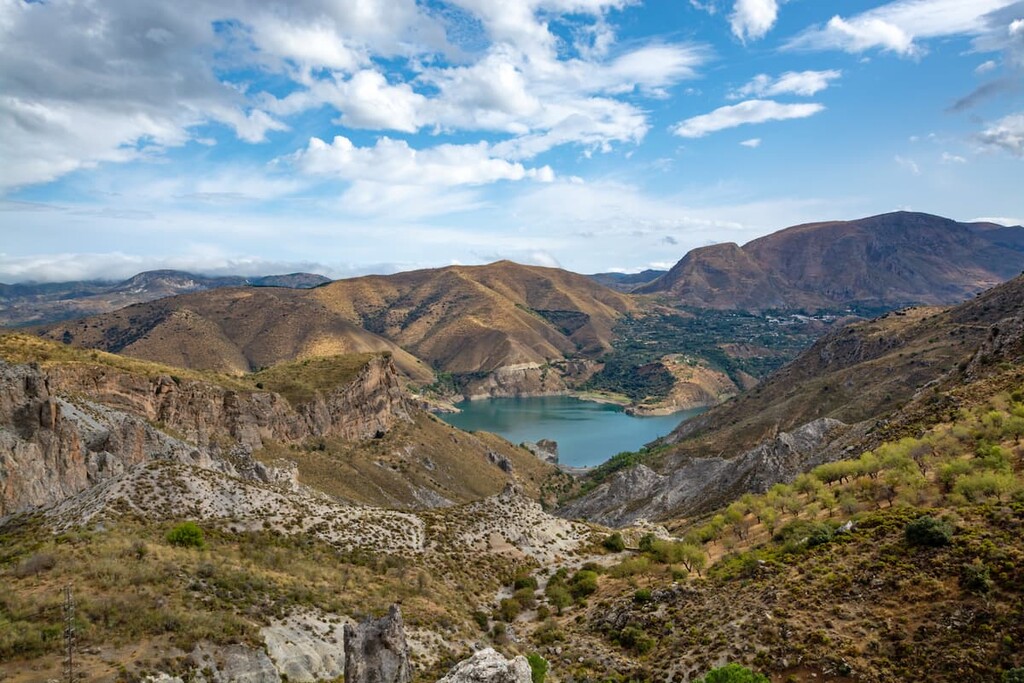
Located in northern Spain, within the Cantabrian Mountains, lies the Picos de Europa National Park (Parque Nacional de Picos de Europa). The rugged and breathtaking park is home to 626 named mountains. The highest and most prominent peak is Torre Cerredo at 2,649 m (8,691 ft) with 1,932 m (6,339 ft) prominence.
The Picos de Europa are a subrange of the larger Cantabrian Mountains. The park itself is broken down into three main regions; western, central and eastern. The Asturian Massif is found in the western region of the park while a majority of the peaks are located in the central region.
The Cares River runs throughout the park and is also the location for some of the most popular hiking routes. The Cares Trail, travels along the river, offering views of the iconic limestone peaks towering above along with waterfalls throughout.
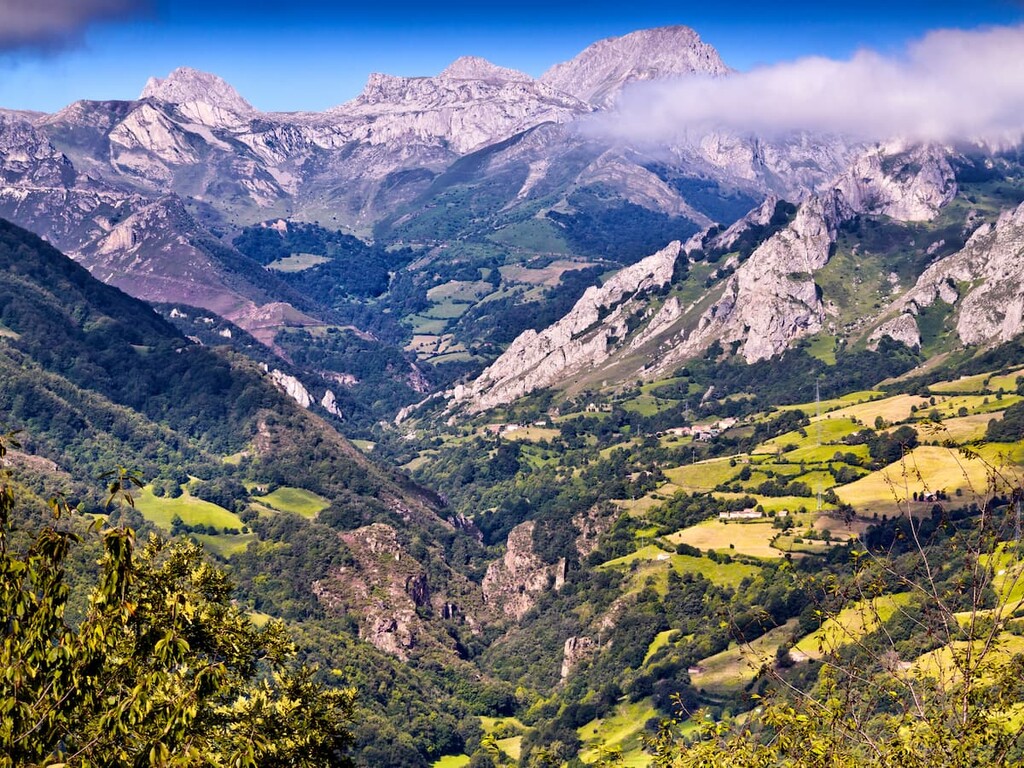
The famed Granada Geopark (Geoparque de Granada) is located in southern Spain. It sits just outside the city of Granada and is home to 666 named mountains. The tallest and most prominent peak in the park is La Sagra at 2,386 m (7,821 ft) in elevation and 1415 m (4,642 ft) of prominence.
Much of the park’s landscape is classified as semi-desert. The Sierra Nevada range runs throughout the park along with a network of steep gullies. While the snow capped Sierra Nevada tower above Granada Geopark, the park is also home to canyons that reach depths of up to 250 m (820 ft).
One of the most popular hikes in the park is the Cahorros de Monachil. The loop trail offers views of the mountains, all while traveling past waterfalls, riverbanks, and fields of wildflowers during the summer months.
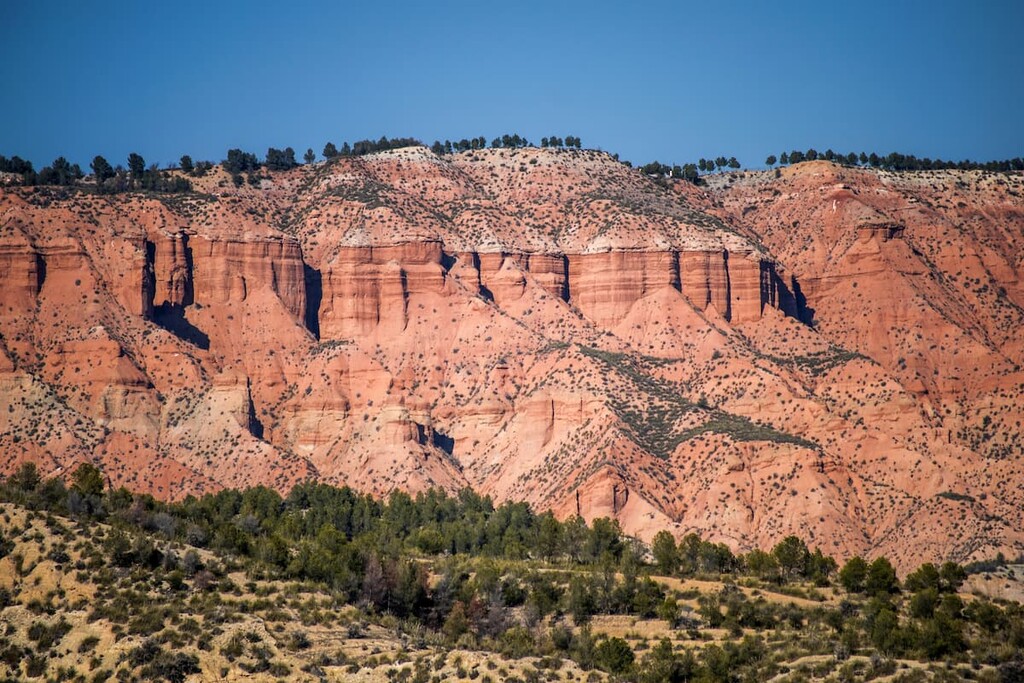
The Sierra de Cazorla, Segura, y las Villas Natural Park (Parque Natural de las Sierra de Cazorla, Segura, y las Villas) is located in southern Spain and known for its deep valleys. The park contains 356 named mountains with Empanada being the highest at 2,105 m (6,906 ft).
The Sierra de Segura and the Sierra de Cazorla mountain ranges run throughout the park. Between the two ranges lies a valley full of plains, and pristine lakes. One of the most unique features of the park is La Toba.
La Toba is a natural stairway that consists of white travertine. Numerous caves can be found in the park, primarily along the Segura river.
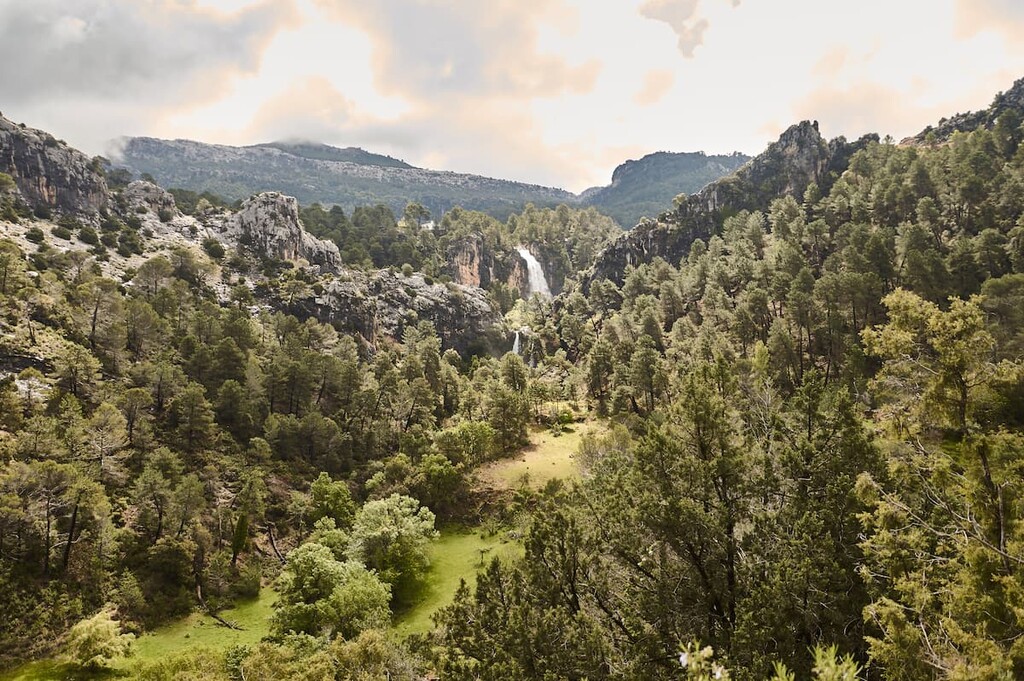
Looking for a place to stay during your visit to Spain? Here are some of the best cities to check out:
Barcelona is the second most populous city in Spain with 1.6 million residents. It is located along the coast of the autonomous community of Catalonia. Today, Barcelona has grown to be one of the most visited cities in all Europe, as well as the most visited city in the country.
The city is home to world renowned beaches, museums, and an iconic tapas food scene. La Sagarda Familia, along with other architectural works by Antoni Gaudi, can be found throughout the city. Other popular museums in Barcelona include the Picasso Museum and the National Museum of Art of Catalonia.
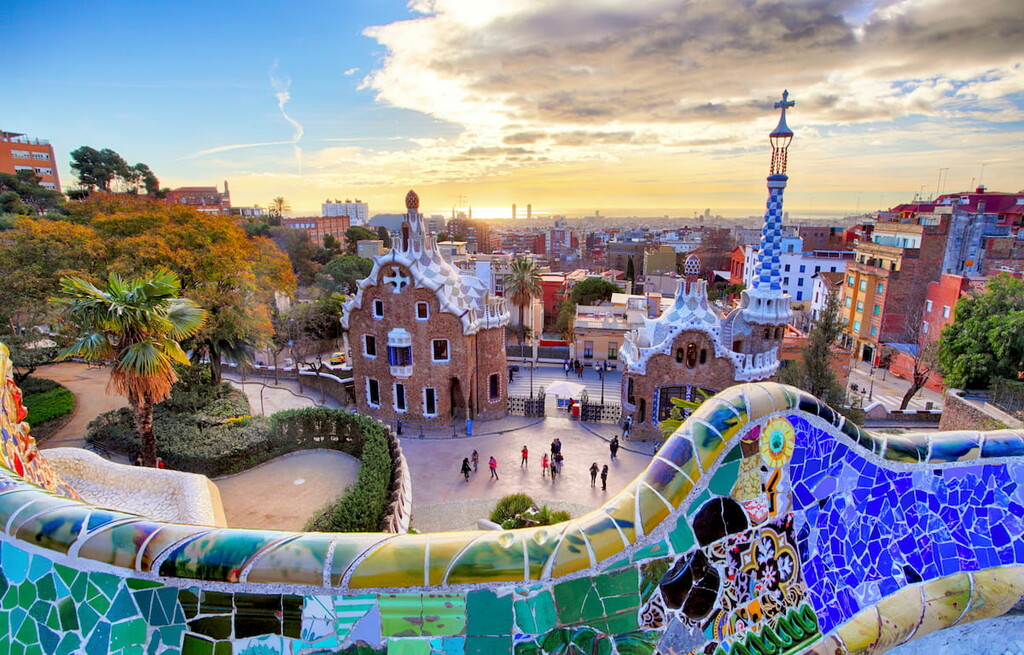
The capital and most populous city in Spain, Madrid, is located in the central part of the country. Madrid is home to about 3.4 million people, with around 6.7 million people living in its metropolitan area, making it the second largest city in the European Union.
Madrid is known for being the economic, political, and cultural center of Spain. The city is also known for being home to some of the finest art museums and galleries in all of Europe. The Real Madrid soccer team is located in the city, and is one of the best known sports teams in the world.
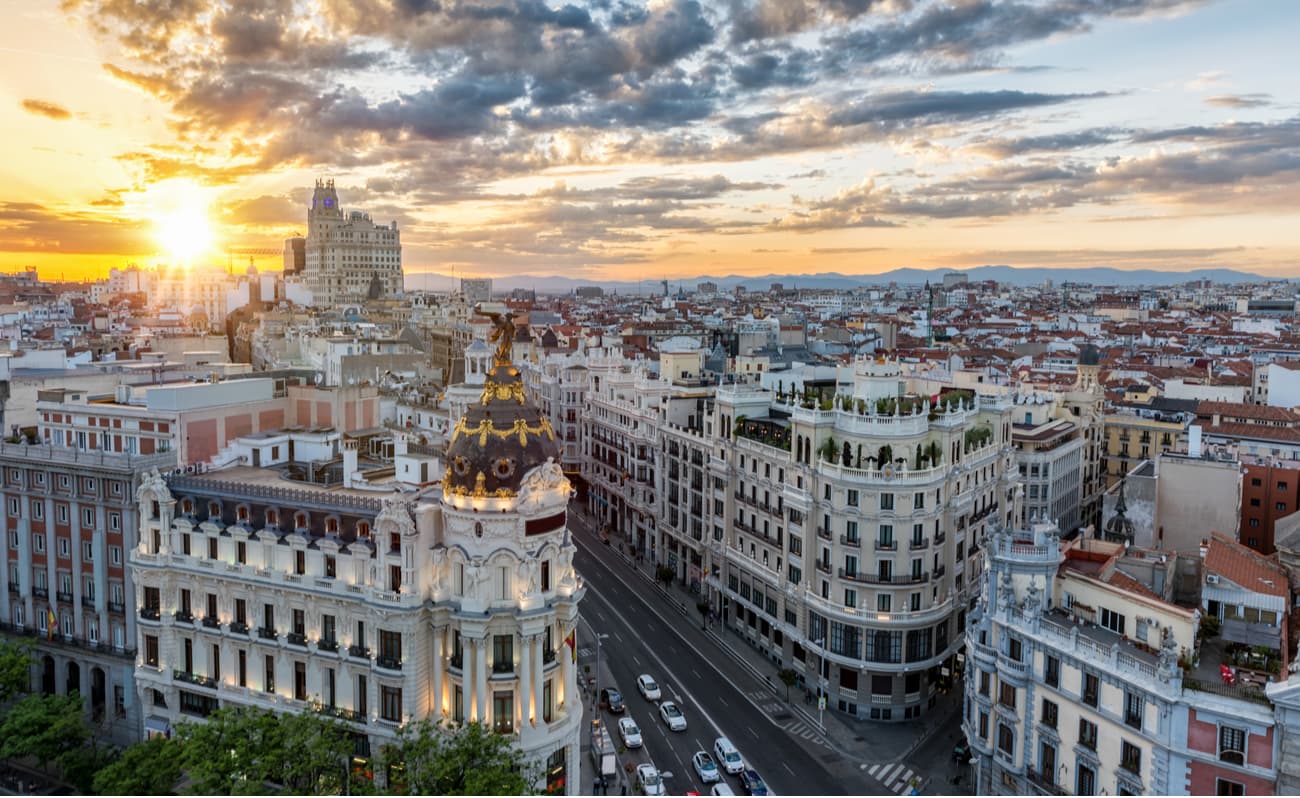
Situated along the Mediterranean coast in south central Spain lies the city of Valencia. With a metro population of around 2.5 million, Valencia is the third most populous city in the country.
The city is known for it’s more laid back lifestyle compared to other large cities in the country. Gardens and parks can be found throughout the city with one of the most iconic being the Turia Gardens. This vast garden winds through the city, along the same corridor where the Turia River once flowed.
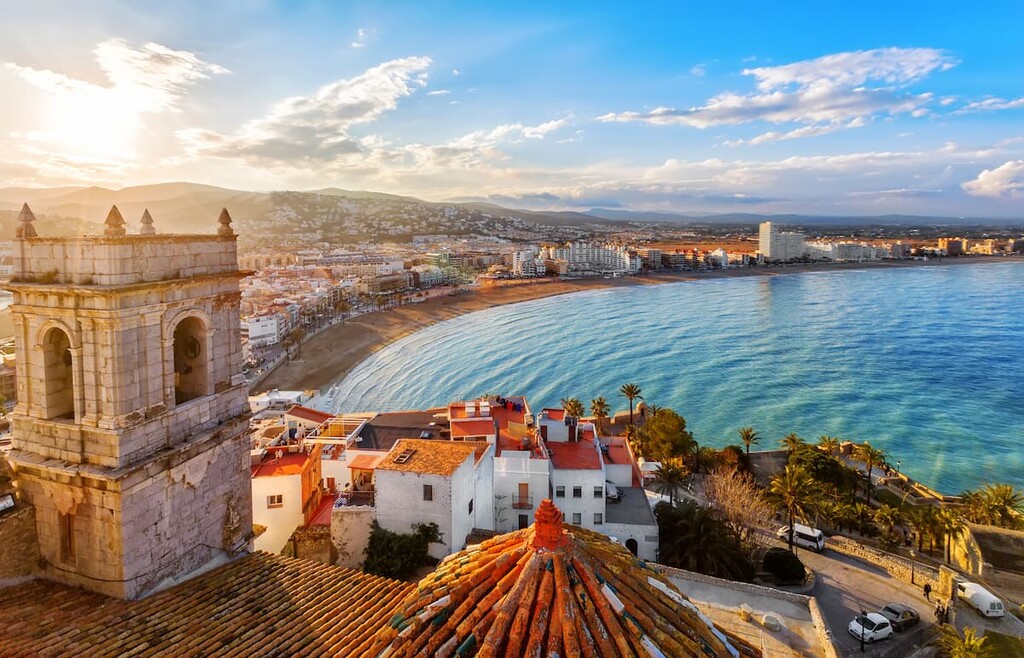
Bilbao is a major city located in the Basque Country of northeastern Spain. The city’s metropolitan area has a population of over 1 million, making it the most populous city in northern Spain. Bilbao acts as the cultural capital of the region and is also home to its own heritage and cuisine.
Many of the museums in Bilbao are dedicated to the Basque Country culture and history. Pintxos, small plates, can be found throughout the region, and they are similar to the tapas found throughout the rest of Spain.
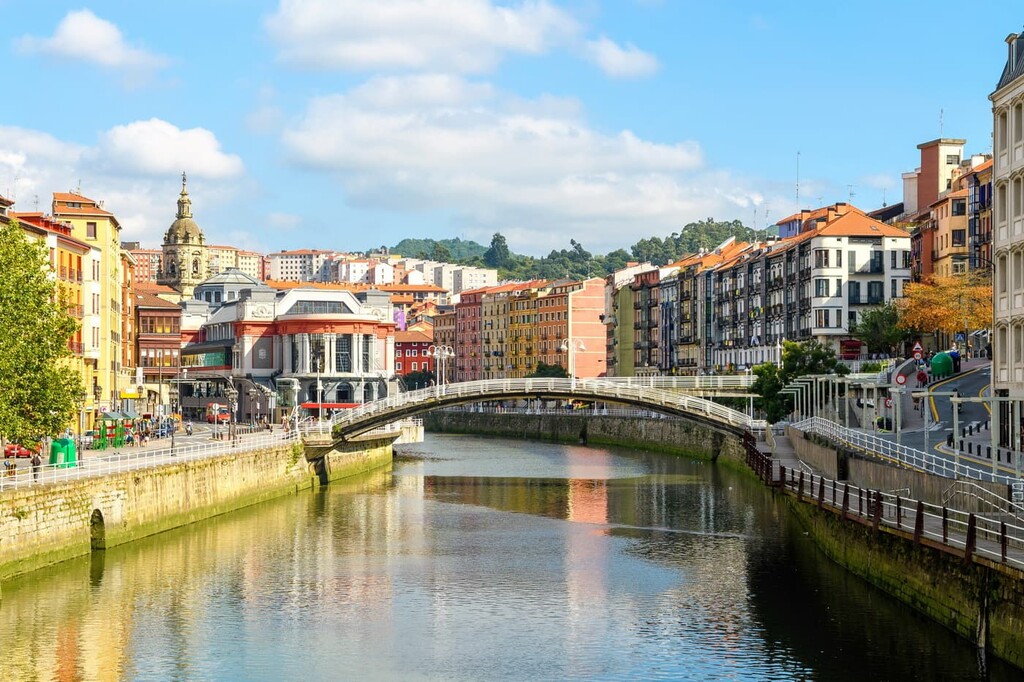
Explore Spain with the PeakVisor 3D Map and identify its summits.








top10
ultra
glacier
pyrenees-3000ers
spain-ultras
top10
ultra
glacier
pyrenees-3000ers
spain-ultras
